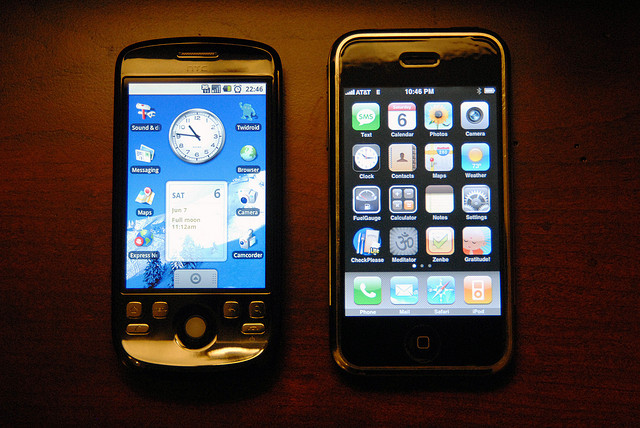Household appliances can often receive a bad press in terms of their consumption of energy and contribution to both climate change and the running down of our natural resources. Refrigerators in particular are seen as environmentally unfriendly because not only do they require electricity to run, but the foam used to insulate them internally has traditionally contained HFC, a notoriously toxic gas.
According to the New York Times, although HFC does not actually deplete ozone, it is known to contribute to global warming by forming a blanket at high altitude. Beer and drink fridges have in the past been regarded as a particular problem, mainly because they are often owned and run as a secondary facility to the household’s main appliance.
Is ICT the New Culprit?
But is this demonization of the humble refrigerator entirely fair? According to the website Grist ,a recent report sponsored by the National Mining Association and the American Coalition for Clean Coal Electricity seems to identify a new and altogether more surprising villain of the piece. According to the report, modern information technology has created an almost constant demand for reliable sources of power. Of course, the demands of lighting, heating and household appliances are finite, but the problem is that the cloud utilizes energy in a way that is previously unheard of. The increasing number of devices connected to wireless networks means that essentially there are fewer and fewer periods of downtime when consumption slows down. This happens naturally when we consider household appliances. In fact, an iPhone will generally require more power over the course of a year than an average refrigerator. As more and more people come to rely increasingly on modern technology, and indeed may own multiple devices all on wireless networks, this is a trend which looks set to continue.
Greener Household Appliances
And these days household appliances, including the ubiquitous refrigerator, can in fact be much more environmentally friendly than those of the past. You can look, for example, at those available at websites such as http://www.fridgefreezerdirect.co.uk/ if you need one that is energy-efficient.
Just as HFC replaced chlorofluorocarbons (more commonly known as CFCs), manufacturers are now working hard to find new ways to produce appliances which can do the same work but use less and less energy. For example, a new and more effective insulating foam, a hydrocarbon molecule called cyclopentane, has been found to have a less harmful effect on the environment than HFC. Another important way to reduce the impact is to ensure that as many refrigerators as possible are recycled and that efficient ways to process the insulating foam are developed and the harmful gases in this are recaptured.
So it seems as though it really is time to reassess who or what is really the main villain in the modern fight against damage to our environment, and the public in general may find the answer surprising. But it remains to be seen how many will be willing to reduce their ever-increasing dependence on IT.



